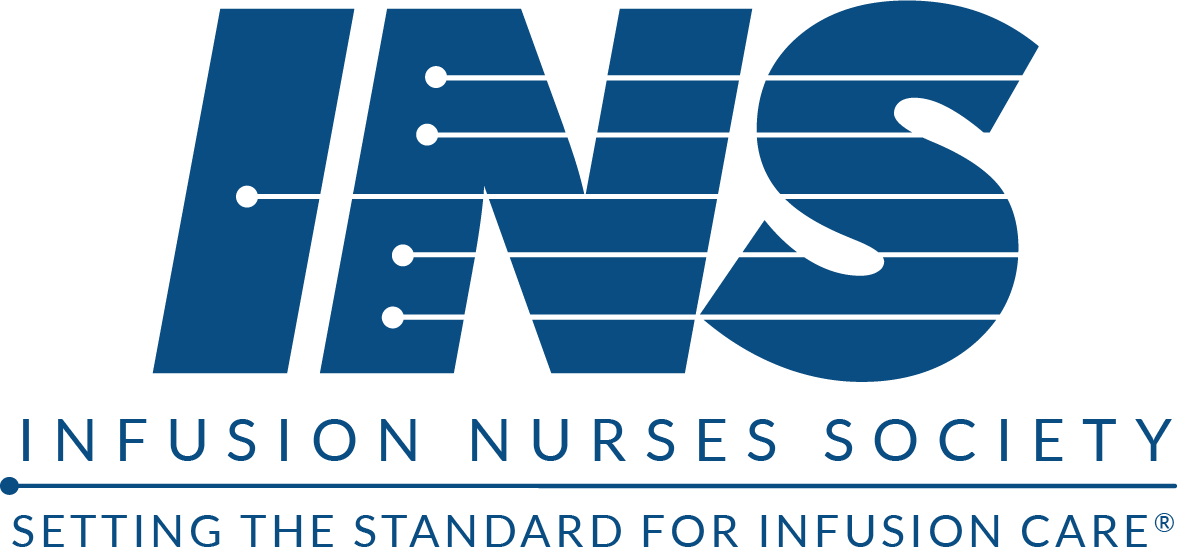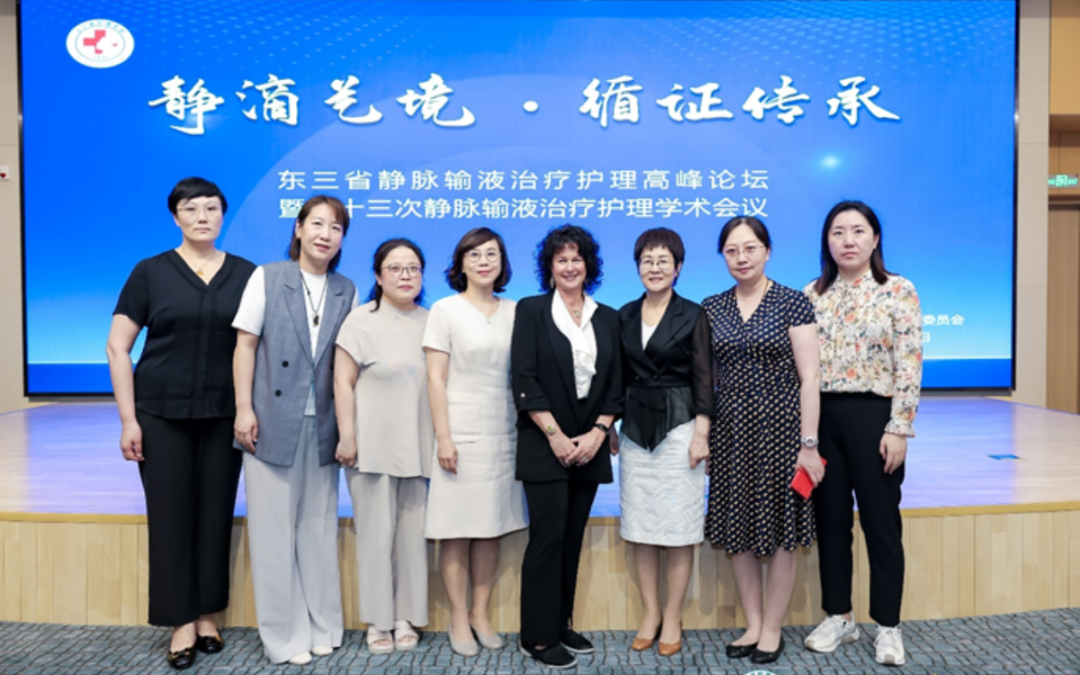I recently returned from an amazing opportunity to share clinical application of the 2024 INS Infusion Therapy Standards of Practice (Standards) in several China provinces. During my 6 days in China, I traveled just over 3,600 miles covering 5 cities and provinces: Shenyang, Liaoning; Qingdao, Shandong; Chongqing, Sichuan; Nanjing, Jiangsu and Guangzhou, Guangdong, starting north of Beijing and ending in the southern coast of China.

I was fortunate to speak at several nursing conferences:
- Liaoning Nurse Association Conference, Shenyang
- Vascular Access Device Safety Management conference, Quindao
- Infusion Therapy Quality Elevation Seminar, Chongqing
- China Nurse Association Intravenous Therapy Nursing Academic Conference, Chongqing
- Jiangsu Nursing Association Vascular Access Academy, Nanjing
- Guangdong Nursing Association conference, Guangzhou
During my trip, I addressed over 2,800 nurses at various conferences and over 20 key nursing leaders including:
- Dr. Yu Lejing: Chairman of IV Therapy, Liaoning Provincial Nursing Association
- Dr. Wang Min: Chairman of Qingdao Nursing Association
- Dr. Zhao Qinghua: Vice President of the School of Nursing, Chongqing Medical
- Dr. Liu Guangwei: Chongqing Nursing Vocational College
- Dr. Li ChunYan: China Nurse Association, associate chairman and director of IV therapy committee
- Dr. Huo Xiaorong: Chairman of Jiangsu Provincial Nursing Association
- Dr. Wu Jinfeng: General secretary of Jiangsu Provincial Nursing Association
- Dr. Li Jia: Member of the IV Therapy Committee of the Chinese Nursing Association
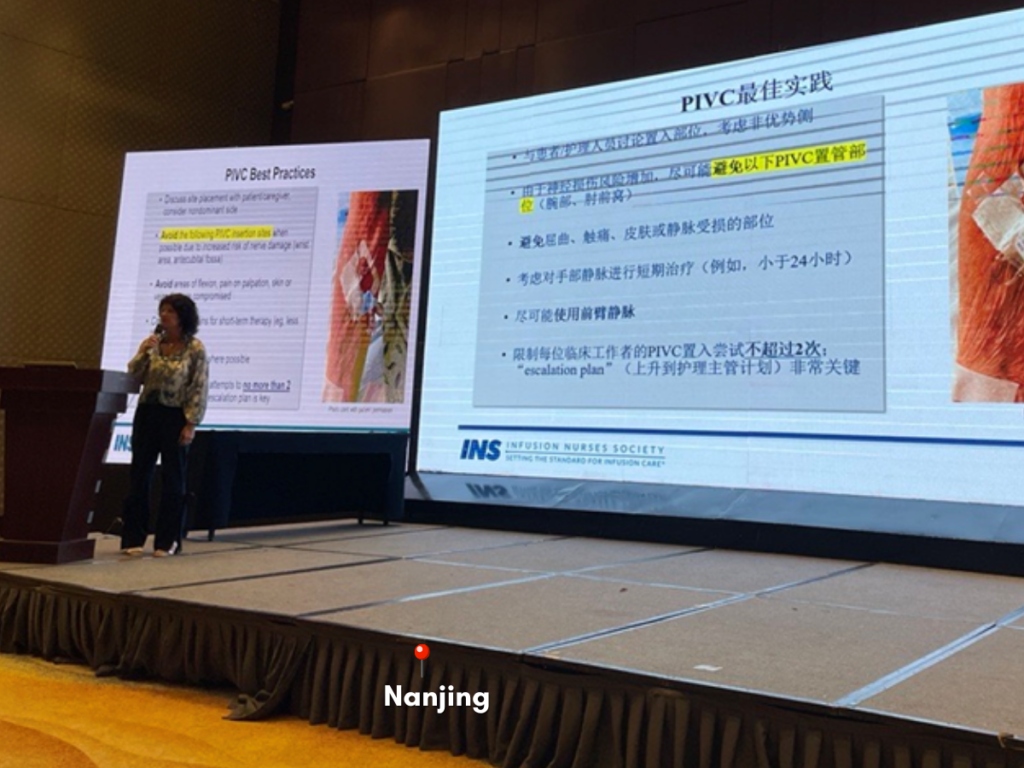
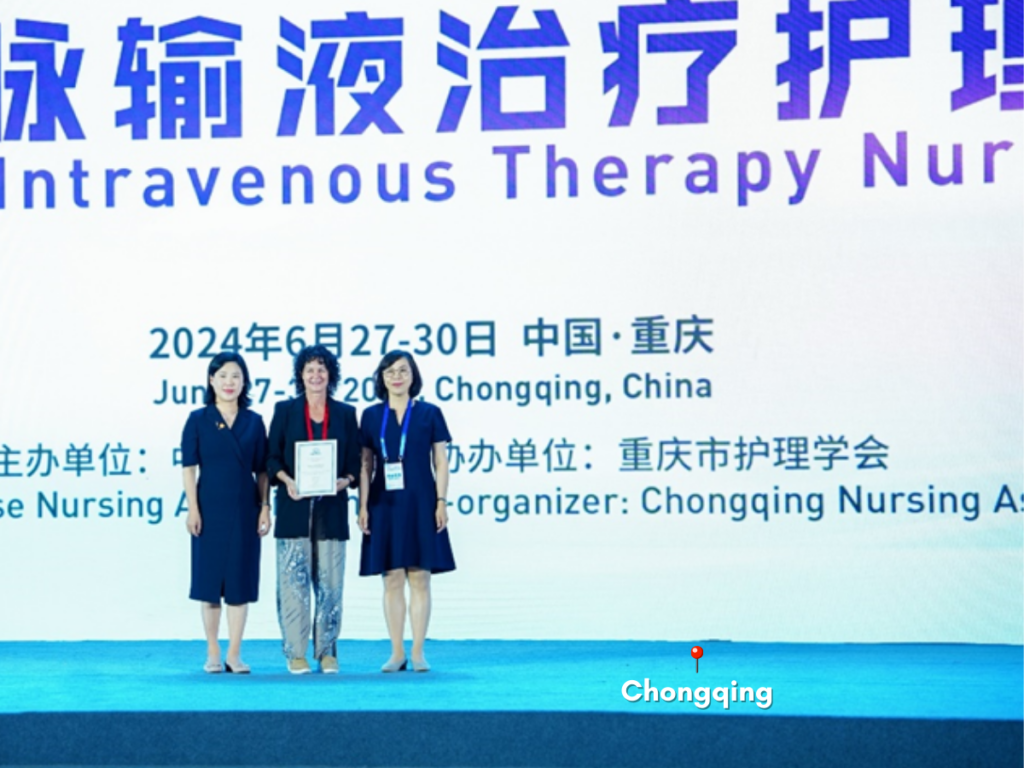
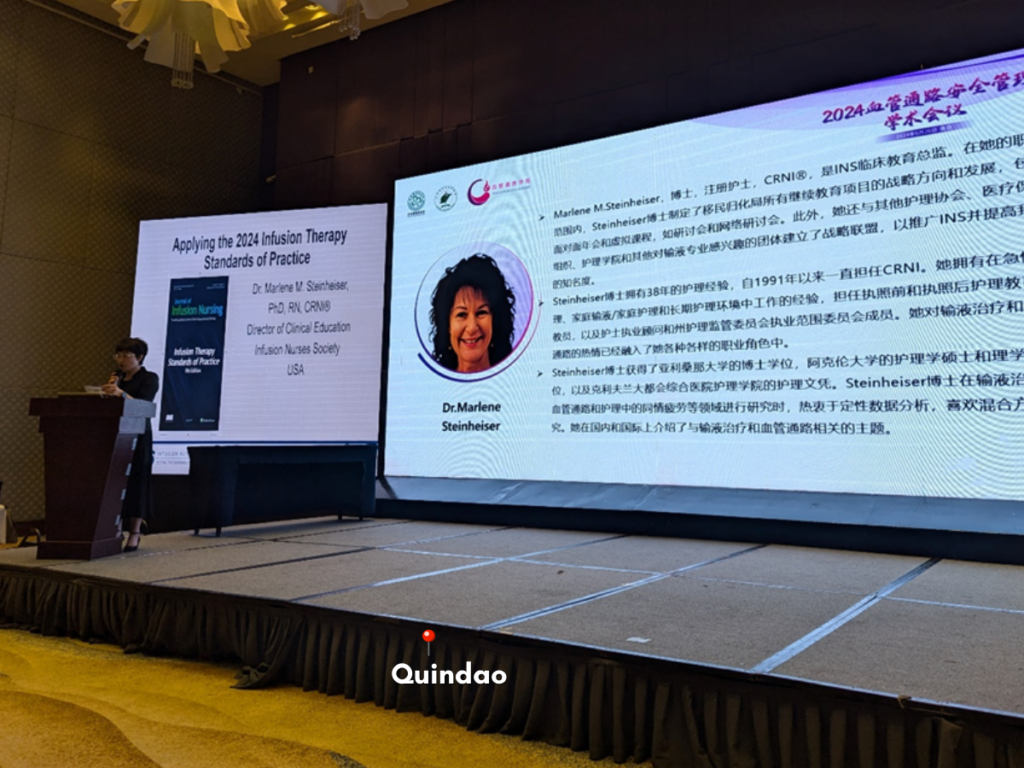
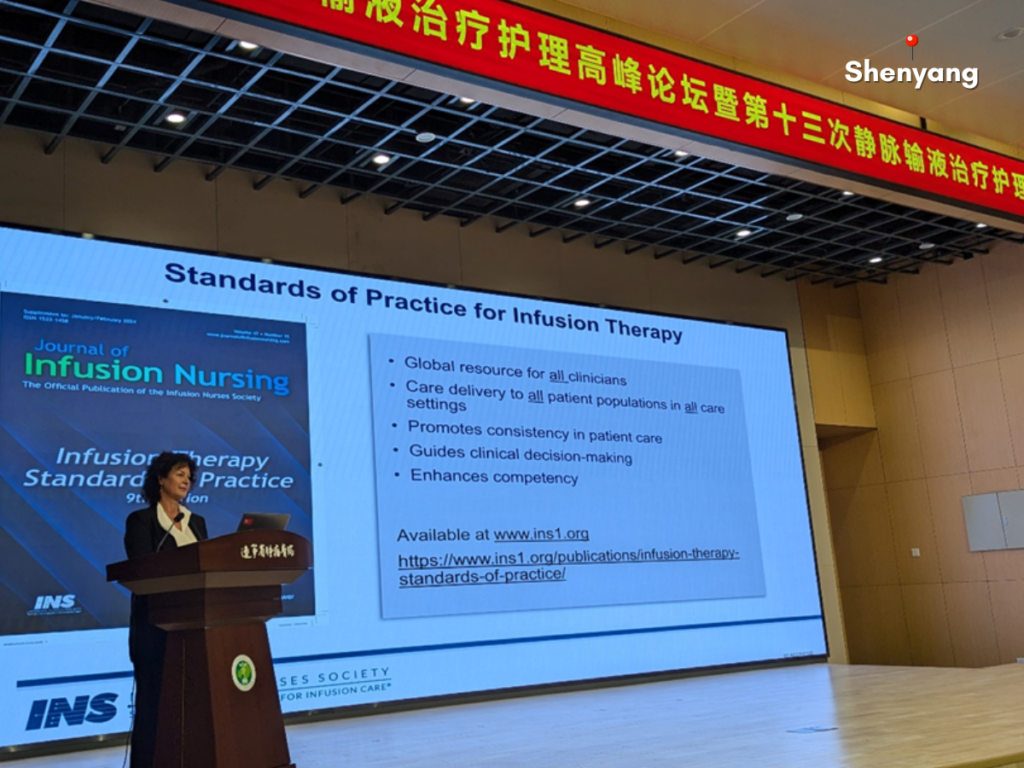
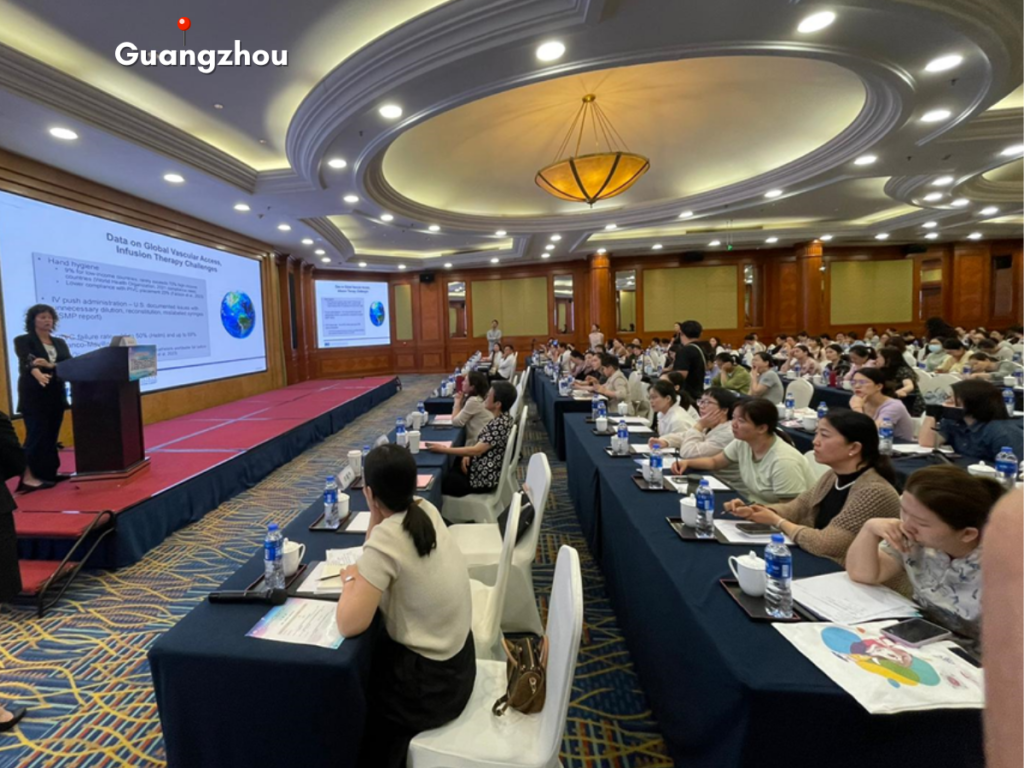
Aside from the professional exchange of clinical information, I immersed myself in the Chinese culture and food. Each province has different culinary specialties, and I am happy to share a photo journey with you. Unfortunately, there was not enough time to taste and experience Shenyang, as I arrived late in the evening from the U.S. and left 12 hours later for the next city. The time in each location went quickly, traveling to another province daily.
In Quindao, since we were on the coast, seafood was prevalent. We ate using chopsticks waiting for our host to eat first, passing the food around with a large “lazy Susan” in the middle of the table.

In Chongqing, you can see the serving style at the hotel restaurant, and in this region, they served some fish but also meat and vegetables. Tea was also very popular in all regions, and I learned more about various teas uncommon in the U.S. such as white tea. When someone serves you tea, the way to say “thank you” is to lightly tap your index and middle fingers on the table. During each nursing conference agenda, there was a teatime break.


Also common in Chongqing is hot pot, also known as spicy hot pot, which is usually eaten at restaurants, but otherwise is similar to roadside malatang. There was also a side of the hot pot for those not wishing to eat the spicy food, which was a mushroom broth. I used the mushroom broth to cook my food. The traditional way of preparing and eating this style of dish is to put the food in a hot pot, wait for the food to cook, and when the food is ready, dip the food pieces in sesame oil and eat them.
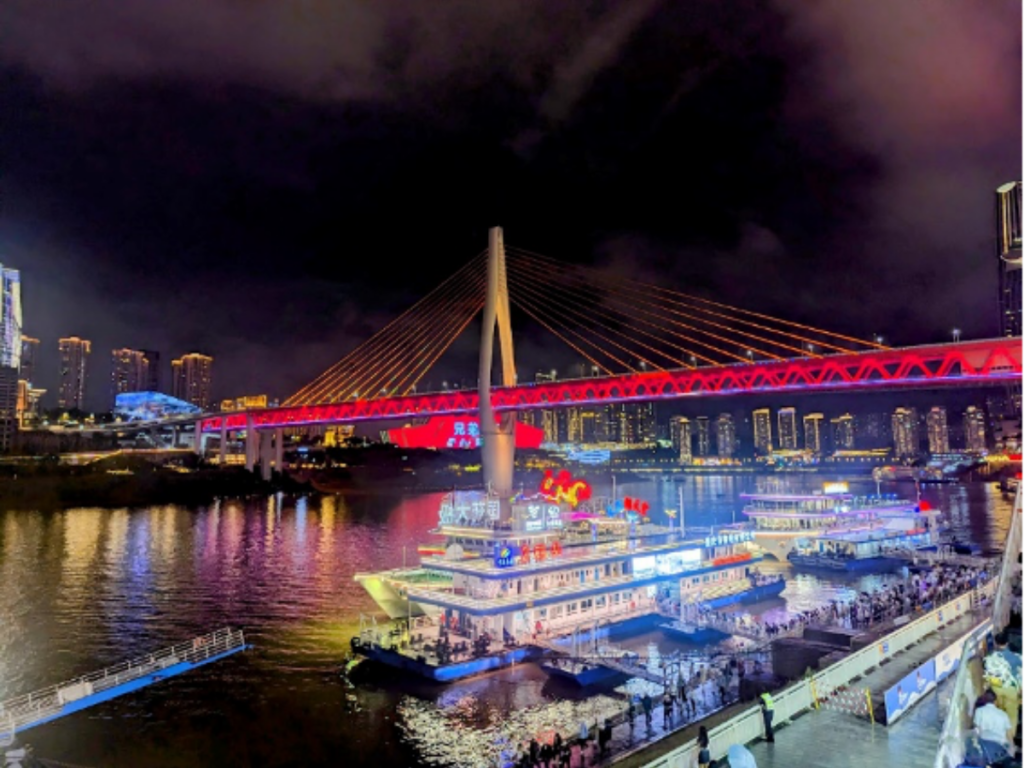
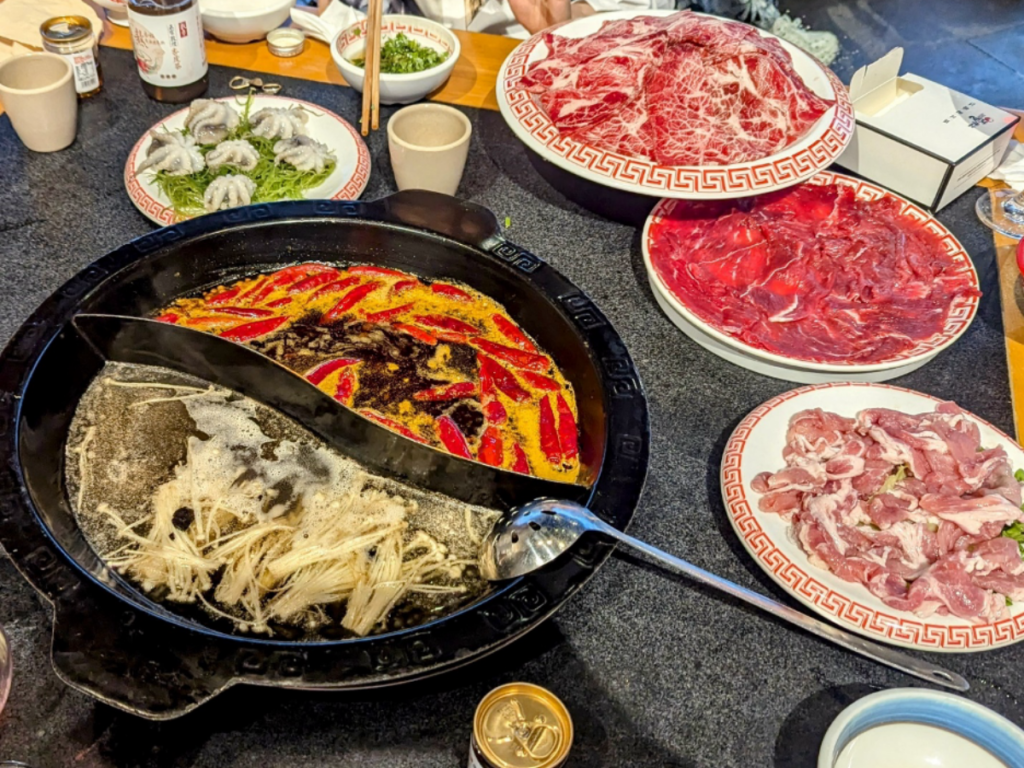
At our next stop in Nanjing, we tasted their famous duck, which is a salted duck that is different from Peking duck.
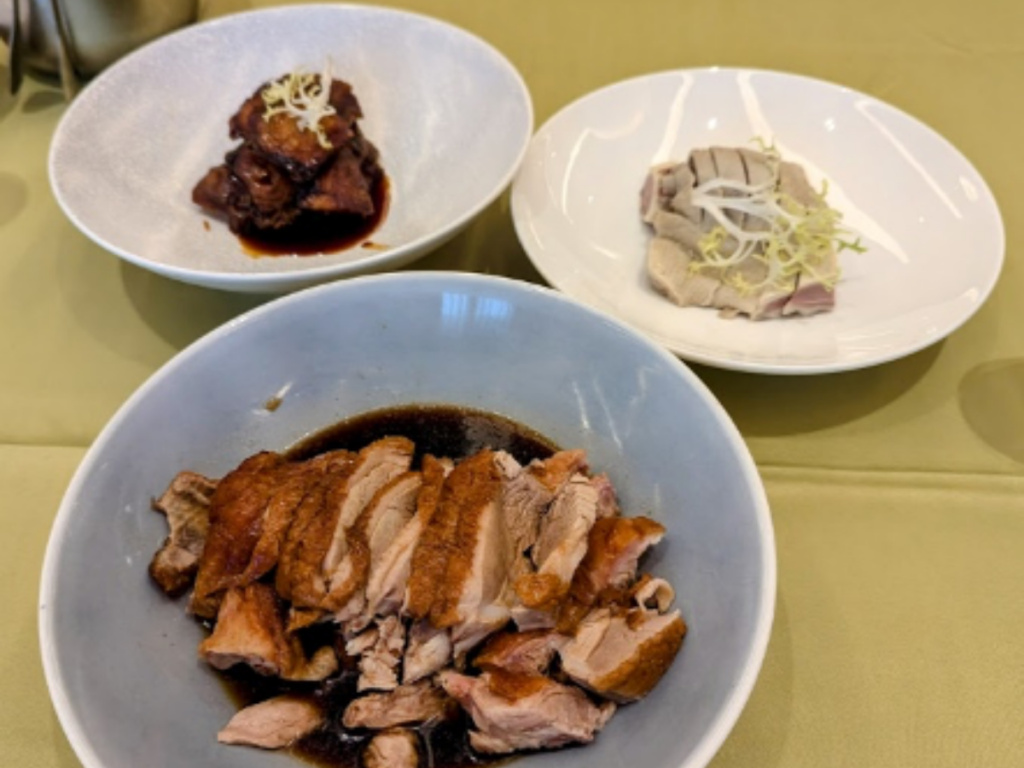
In Guangzhou, dim sum was most prevalent, as was pigeon. They removed the pigeon’s head for my comfort, which was much appreciated.
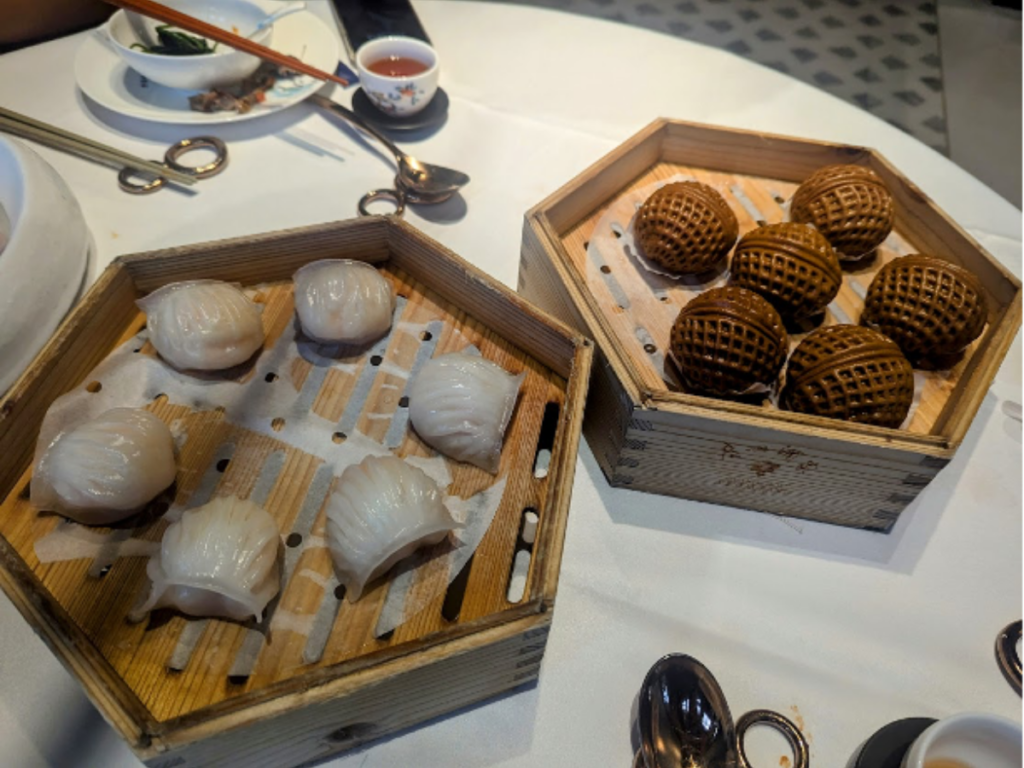
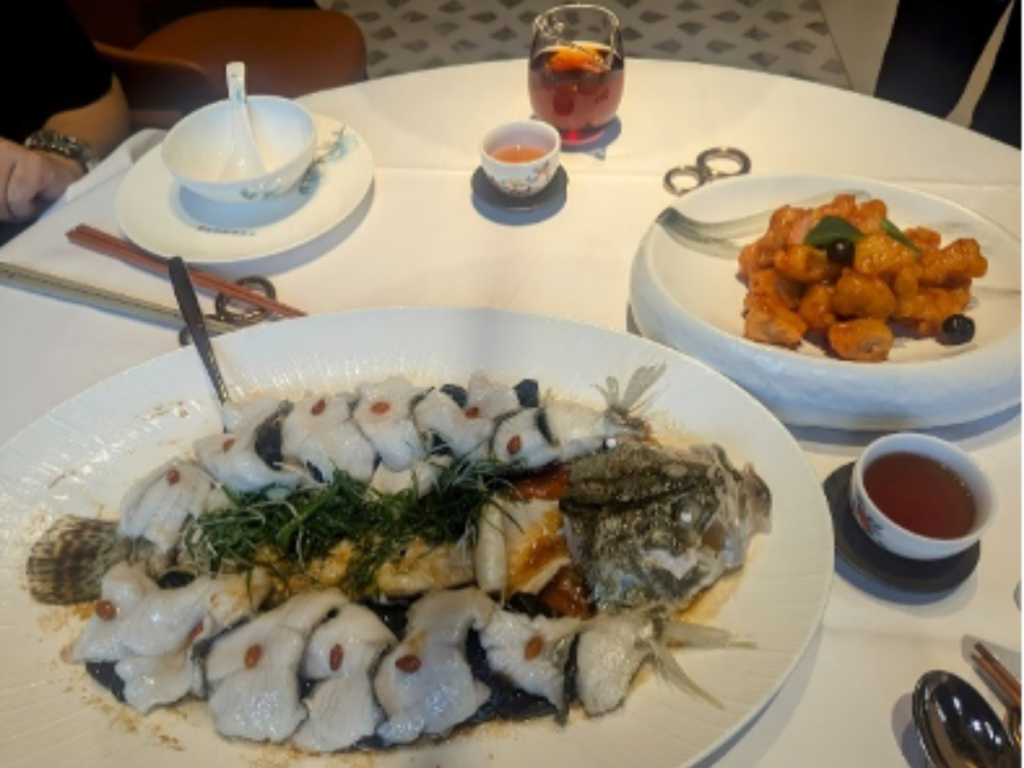
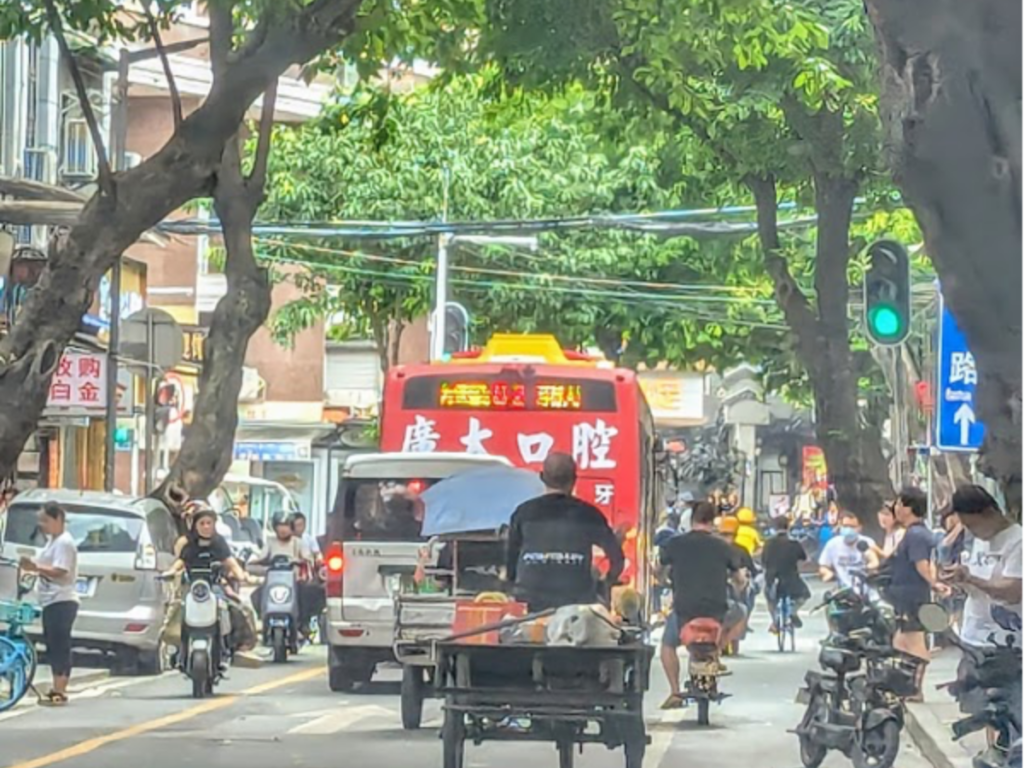
During my short and busy stay in China, I grew to understand the Chinese clinicians’ appreciation for the INS Standards. Their clinical application questions were very detailed, demonstrating their commitment to improving patient care. I was also overwhelmed with gratitude for their warm welcome in each city, not only from the clinicians I met, but also from the hotel staff and everyone I met along the way. Although I did not speak Mandarin, the translators and chaperones assisted me with communication.
Thank you to my Chinese chaperones and translators for easing my journey and presentations. Also, thank you to each clinician and nurse leader that I met during my visit. You are doing amazing work, and I applaud your commitment to providing patients receiving infusion therapy with the best possible care.
Thank You!
谢谢 xièxiè
Dr. Marlene M. Steinheiser
Director of Clinical Education, Infusion Nurses Society
